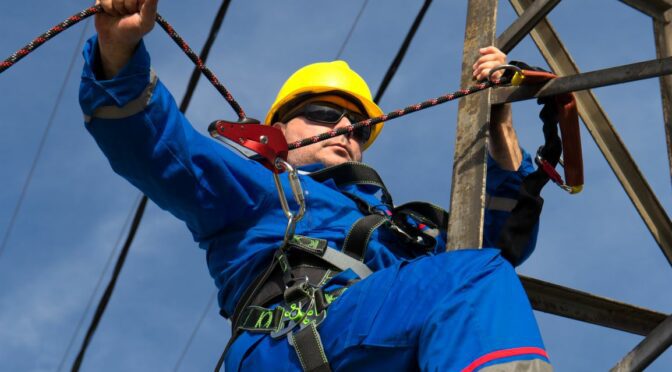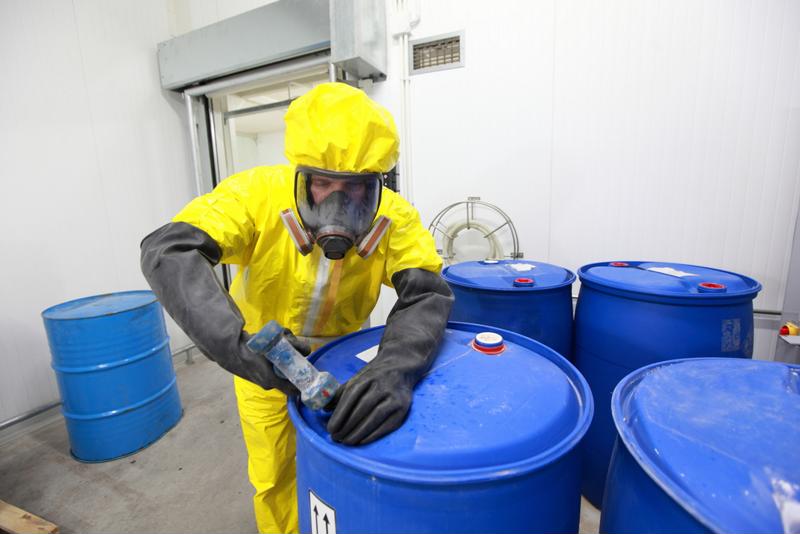
One of the most common methods for ensuring worker safety is to promote connectivity among employees. Workers are often trained to look out for their colleagues, from recognizing signs of health problems, such as hypothermia, to alerting each other to dangerous conditions such as slippery walkways.
While this training does a lot to increase workplace safety, it isn’t effective for lone workers, those employees whose jobs require them to work in isolation from other workers and without supervision. These workers face additional safety hazards as, in addition to the risks present for all workers on a job site, lone workers cannot call out for help to a fellow worker in the event of an emergency.
Though companies are required by law to provide for the safety of all their employees in the workplace, the Occupational Safety and Health Administration does not provide a standard for managing lone worker safety. However, there are applicable OSHA guidelines, as well as state standards on lone worker safety, that employers can consult.
 Workers who complete their tasks in isolation face the additional hazard of being unable to ask another work for assistance in an emergency.
Workers who complete their tasks in isolation face the additional hazard of being unable to ask another work for assistance in an emergency.Safety guidelines for lone workers
As Health & Safety International magazine reported, research firm Berg Insight’s People Monitoring and Safety Solutions, estimates there are more than 50 million lone workers in North America and Europe alone, with many working in industrial settings. Lone worker roles in utility, manufacturing, petrochemical, construction and energy sectors face some of the highest levels of risk, yet many businesses around the world haven’t identified lone worker monitoring as a significant, un-met need. The guidelines for lone worker safety boils down to communication – training workers to recognize hazards and providing ways to contact supervisors for assistance.
“Connectivity is a key component of managing a swift response.”
The guidance document advises performing risk assessments first to make sure it is safe for workers to perform their jobs alone. Workers should then be trained to understand risks inherent in the job and know when and how to contact others in an emergency. Supervisors should regularly check in with any employees who are working in isolation through both periodic visits and communication devices, such as radio, telephone or other connected devices. Finally, employers should create systems to account for all workers and confirm the worker has returned to the home base once his or her task is completed.
The Health & Safety International magazine further recommends ensuring there are safe entry and exit points for any locations where employees are working, whether in isolation or not. Employees should also have their individual medical risks assessed before being allowed to work alone. If employees have medical conditions that may put them at risk for stroke, seizure or other life-threatening ailments, it may not be an acceptable risk to allow them to work alone.
Take advantage of available technologies
Employee-worn technology and monitoring automation are the most robust solutions to keep lone workers safe. Berg Insights estimates there could be as many as 2.2 million lone workers using monitoring technology and services in North America and Europe by 2020. Delivering assistance as quickly as possible is the responsibility of every employer. This means it is more important than ever to have real-time insights and emergency response programs in place.
In addition to periodic check-ins and a means for employees to contact supervisors, either via phone or radio, the employee may also be outfitted with a warning device or alarm. This may include panic alarms or other distress signal the employee can activate from the work site. Employers may also choose to utilize an automatic alarm that goes off under certain conditions, such as when it detects a lack of movement or exposure to hazardous substances. Automatic alarms can be especially helpful for reducing safety risk in the event a lone worker has fallen unconscious or is unable to speak.
Alarms are available from multiple manufacturers and may be selected based on the specific characteristics of the work environment. Alarms are available with weather-resistant casing, long-life batteries or the ability to wirelessly alert emergency responders. Putting a procedure in place for what happens after the alarm is triggered, the alarm itself will do little to protect workers. Employers should also be sure all employees are trained in emergency response procedures specific to their job.
In addition to alarms, all employees are required to be outfitted in the personal safety equipment mandated by OSHA, regardless of whether they are working in isolation or with others. Routine health surveillance should be implemented for any employees working near hazardous substances that may cause a negative impact on the employee’s health. Finally, employers should implement a system for incident reporting so that if any accidents or injuries do occur, the situation can be remedied before additional incidents occur.








